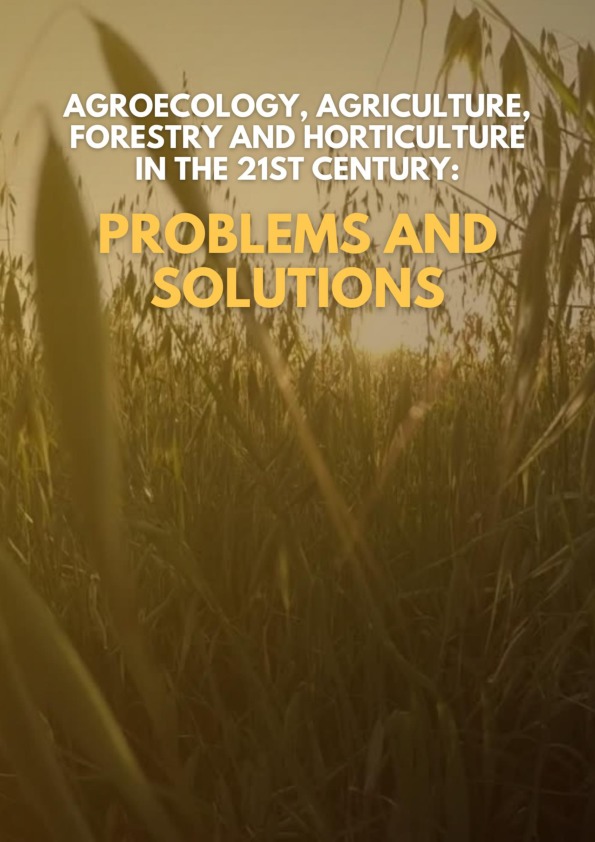id: 38791
Title: Influence of location of forests on agrochemical and toxicological indicators of soil fertility in agroecosystems
Authors: Vradii O., Saliamon A.
Keywords: agroecosystem, productivity, forest, agrochemical indicators, degree of security, maximum permissible concentration, heavy metals, excess
Date of publication: 2025-04-17 07:56:54
Last changes: 2025-04-17 07:56:54
Year of publication: 2025
Summary: Today, one of the main tasks of agricultural production is the creation of an optimal mode of formation and functioning of agroecosystems in order to obtain stable and high yields. Agroecosystems are anthropogenic systems and, unlike natural ecosystems, the circulation of substances and energy in them is carried out with the forced participation of humans. Instead, natural ecological processes occurring in soils and crops determine the future fate of agroecosystems no less than technological influences such as tillage, irrigation and fertilization. That is why the theoretical basis of land use should be a set of scientific knowledge about the interaction between plants, animals and microorganisms in agroecosystems and the influence of environmental factors on their vital activities. Considering the leading role of cultivated plants in the formation of agrocenosis, the theory of processes of agricultural plant production should be considered the main part of this body of scientific knowledge. In natural systems, the balance of the cycle of nutrients is achieved by the variety of plant and animal species distributed in the given territory, but such a balance is essentially unattainable in agroecosystems, where crops are formed mainly from one type of plant. Therefore, the removal of mineral and organic compounds from the agroecosystem must be constantly supplemented with fertilizers, and for the simultaneous coexistence of different types of plants in nature, it is necessary to regularly rotate them in the form of crop rotation. However, it is impossible to achieve complete harmony in agroecosystems. The use of herbicides and insecticides leads to an imbalance in the ecosystem, which as a result leads to the cultivation of special crops that are vulnerable to diseases, weeds and pest infestation. At the same time, the side effects of using chemical plant protection agents affect the ecological condition of the soil itself, as well as the neighboring forests and water bodies.
URI: http://www.vsau.vin.ua/repository/getfile.php/38791.pdf
Publication type: Монографії видані за кордоном
Publication: In: Agroecology, agriculture, forestry and horticulture in the 21st century: problems and solutions. Monograph. Edited by S. Stankevych, O. Mandych. Tallinn: Teadmus OÜ. 2025. P. 140-154.
In the collections :
Published by: Адміністратор
File : 38791.pdf Size : 553841 byte Format : Adobe PDF Access : For all

| |
|
|